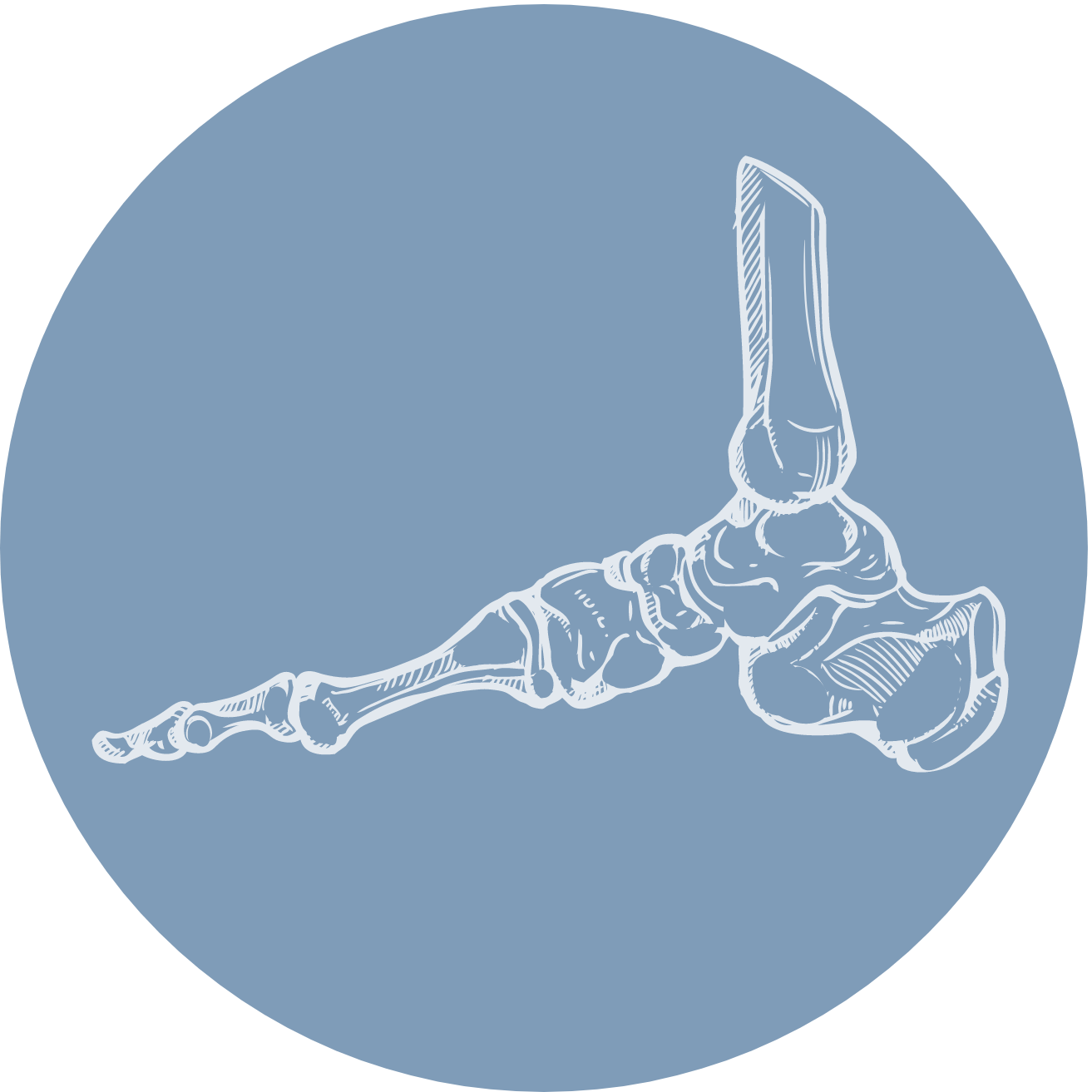We all know how hard summer can be on our feet. The combination of sun, sweat and sandals can take it’s toll. So to help you, our Podiatrists have put together a list of our top-tips to get those feet looking beach ready!
1. KEEP YOUR FEET MOISTURISED
Cracked heels are a common sight in summer, but this doesn’t have to be the case. Make sure to keep the soles and tops of your feet well moisturised. The best time to apply cream is after a shower or before bed but, make sure to give it a good rub in to make sure it is all saturated into the skin. We recommend using a urea based cream, at least 2-3 times a week, but preferably every day! For very dry feet, apply an emollient, a pair of damp socks and then a pair of dry socks over the top, and leave overnight. Don’t forget! When you’re lounging in the sun, as well as slathering the sunscreen on your body, remember not to leave out your feet!
2. AVOID WALKING BAREFOOT
Walking outside barefoot in the summer might sound idyllic, but this increases the risk of injury to your feet. This is especially true for those with conditions such as diabetes or neuropathy. Cuts, bites and stings are much more likely when barefoot, and if left unnoticed, could lead to infection. Being barefoot also increases the chances of you developing verrucae or fungal infections on both your skin and nails, particularly in damp areas.
3. KEEP THOSE TOOTSIES CLEAN!
Its always important to keep your feet clean and dry no matter what the seasons. Ensure that after washing, you dry your feet thoroughly, especially between the toes to avoid conditions fungal infections, such as athletes foot. Spotting a fungal infection on your nails or skin is not always easy and if you suspect one, this should be assessed by a Podiatrist. Fungal infections usually present with white, discoloured areas on your nails and peeling or itching skin on the soles of your feet. These infections can spread easily if not treated quickly.
4. THE IMPORTANCE OF SUMMER FOOTWEAR
Supportive footwear all year round is important however, summer is when we tend to wear shoes with the least amount of support. Shoes like flip-flops or slip-ons offer little support for the arches of your feet, which is often the cause of common problems such as hammer toes and plantar fasciitis. However, it is still important to allow our feet to breathe therefore, we suggest choosing footwear made of natural materials which still offer a good arch and heel support.
5. COPING WITH SWEATY FEET
Poor footwear mixed with sweaty feet can increase the risk of blisters on our feet. If you feel a blister developing, use padding such as moleskin or a dry dressing on the area and change your shoes. DON’T be tempted to pop the blister as this will lead to an infection.
When your shoes get wet with water or sweat, make sure they’re completely dry before wearing them again. This will help to prevent bacteria and fungus from growing in your footwear, and on your feet!
Wearing the right socks will reduce the amount your feet sweat. Acrylic or cotton socks work best to wick away perspiration that can lead to fungal infections of the skin and nails.






